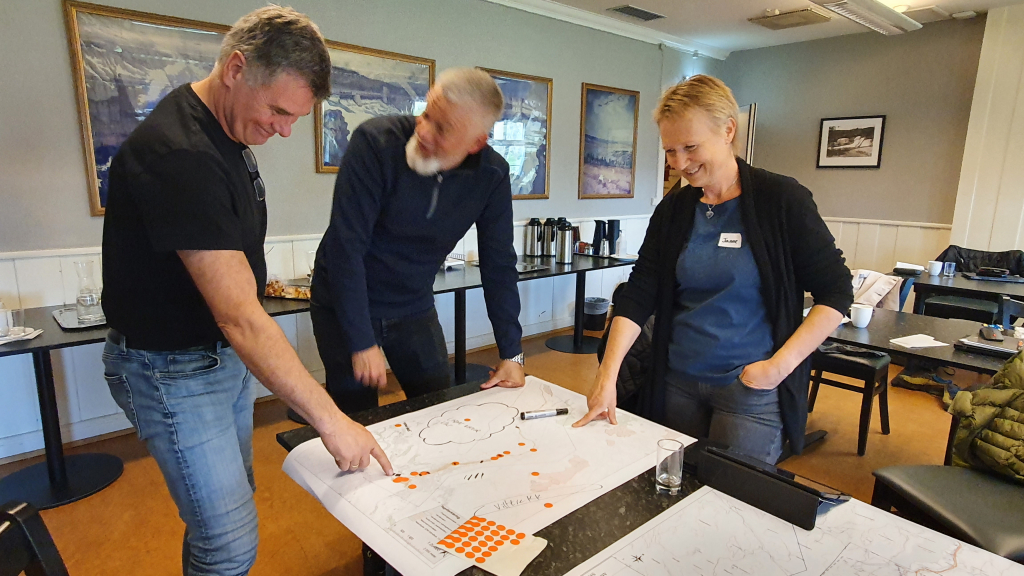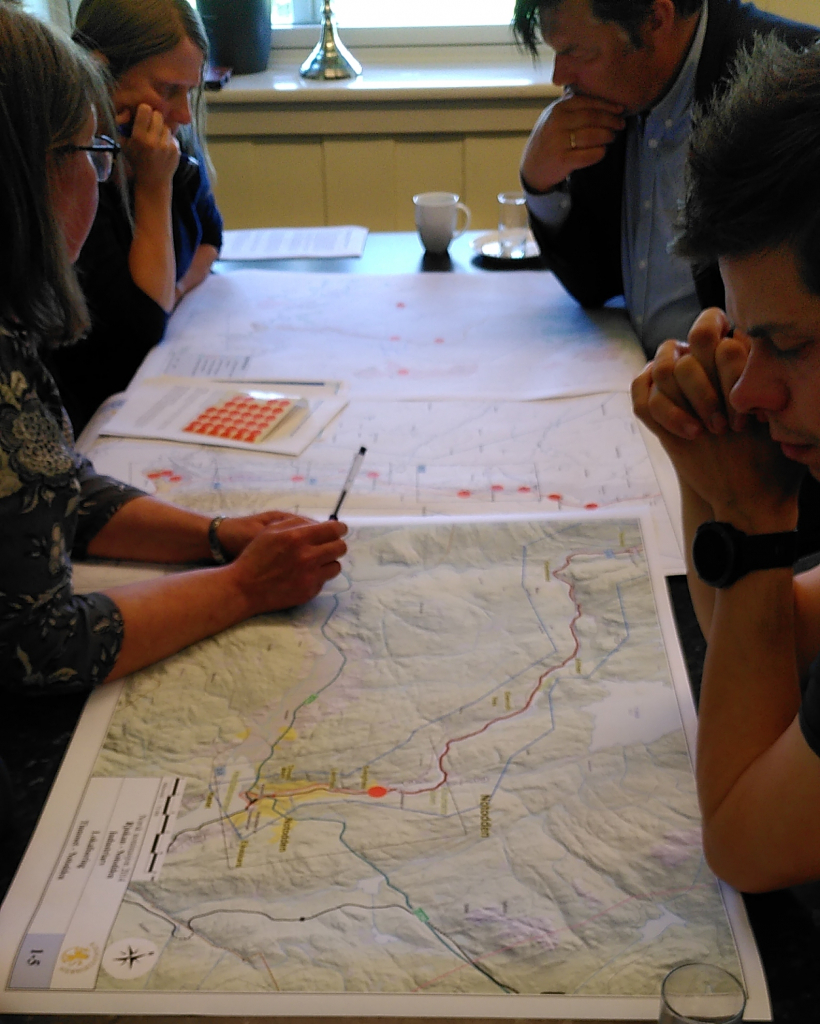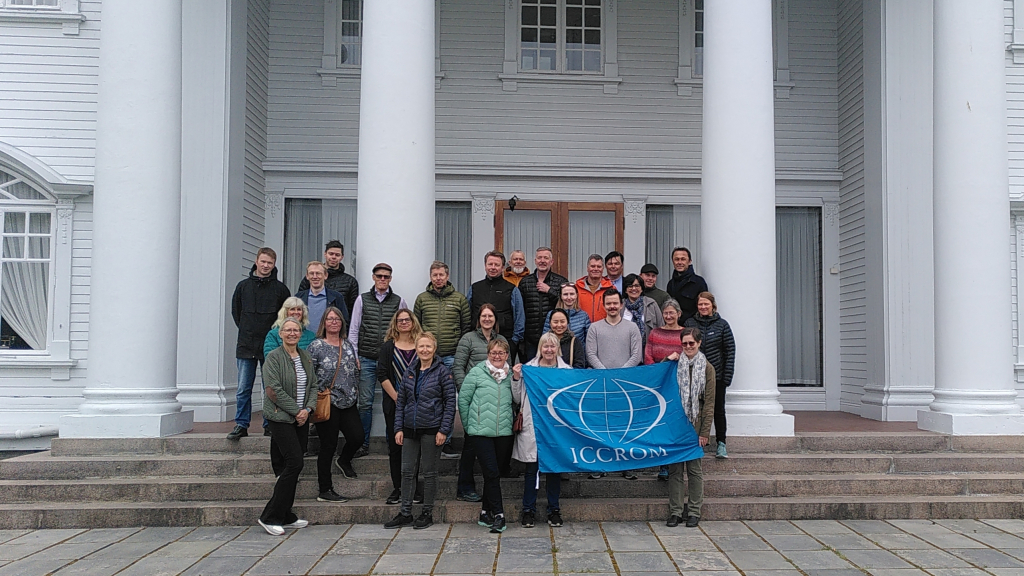The ICCROM-IUCN World Heritage Leadership Programme, the Norwegian Cultural Heritage Directorate, the Norwegian Environmental Agency and the Norwegian Ministry of Climate and Environment worked together to hold a national workshop to build Norwegian capacity on impact assessment in the context of World Heritage.
Over the years, the ICCROM-IUCN World Heritage Leadership Programme (WHLP) has engaged with multiple States Parties and World Heritage sites to develop and deliver targeted capacity-building activities concerning World Heritage Impact Assessment. This year, WHLP organized its first hybrid impact assessment activity in cooperation with the Norwegian Cultural Heritage Directorate, the Norwegian Environment Agency, and the Norwegian Ministry of Climate and Environment.

Between April and May 2022, WHLP held two capacity-building workshops for Norwegian professionals representing institutions in the fields of heritage, planning, development and policymaking. The first component of the workshop was conducted online, and more than 80 professionals participated. It introduced participants to the methodology and the tools presented by the forthcoming publication, Guidance and Toolkit on Impact Assessment in a World Heritage context. The workshop provided an overview of the key elements of an impact assessment and offered a nationwide platform for the diverse practitioners to exchange knowledge and experience related to procedures and policies. The workshop also dispelled the idea that development is incompatible with World Heritage sites and strengthened the understanding that development is possible when it is well planned and the Outstanding Universal Value (OUV) of the property is adequately considered and integrated into early planning mechanisms.

The second part of the workshop brought together 28 practitioners in the World Heritage site of Rjukan-Notodden Industrial Heritage Site – including the site managers, planning authorities, the Norwegian Public Roads Administration, the Norwegian Environment Agency and the Norwegian Cultural Heritage Directorate. The workshop looked at the proposed road improvement plan that foresees the construction of new road connections within the site and its buffer zone. The workshop offered a platform for different actors to better understand World Heritage requirements and the Rjukan-Notodden Industrial Heritage Site’s heritage values, while also exploring how possible mitigations and alternatives could be considered.
The national-level workshop showcased that intersectoral and national-level capacity building on impact assessment has the potential to establish long-lasting institutional relationships between institutions and provide opportunities to proactively reflect on existing gaps. It can also facilitate exchange on possible solutions for upcoming projects, as well as discussions on planning instruments and decision-making.
Working with WHLP to build capacities in your country
Developed under the umbrella of the WHLP and with close cooperation between ICCROM, ICOMOS, IUCN and the UNESCO World Heritage Centre, the upcoming resource, Guidance and Toolkit on Impact Assessment in a World Heritage Context, provides an adaptable and flexible methodology for conducting impact assessments – Environmental and Social Impact Assessment (ESIA or EIA), and Heritage Impact Assessments (HIA) – focused on understanding how a proposed action or project might impact the OUV and other values of a World Heritage site.
The content that has shaped the Guidance and Toolkit has been extensively tested in capacity-building activities. The WHLP is interested in cooperating with States Parties to the UNESCO World Heritage Convention, national focal points for World Heritage and site managers interested in enhancing impact assessment capacities at the national, regional and local levels.

Contact the World Heritage Leadership Programme at eugene.jo@iccrom.org, and work with us to enhance capacities for World Heritage impact assessment globally!
